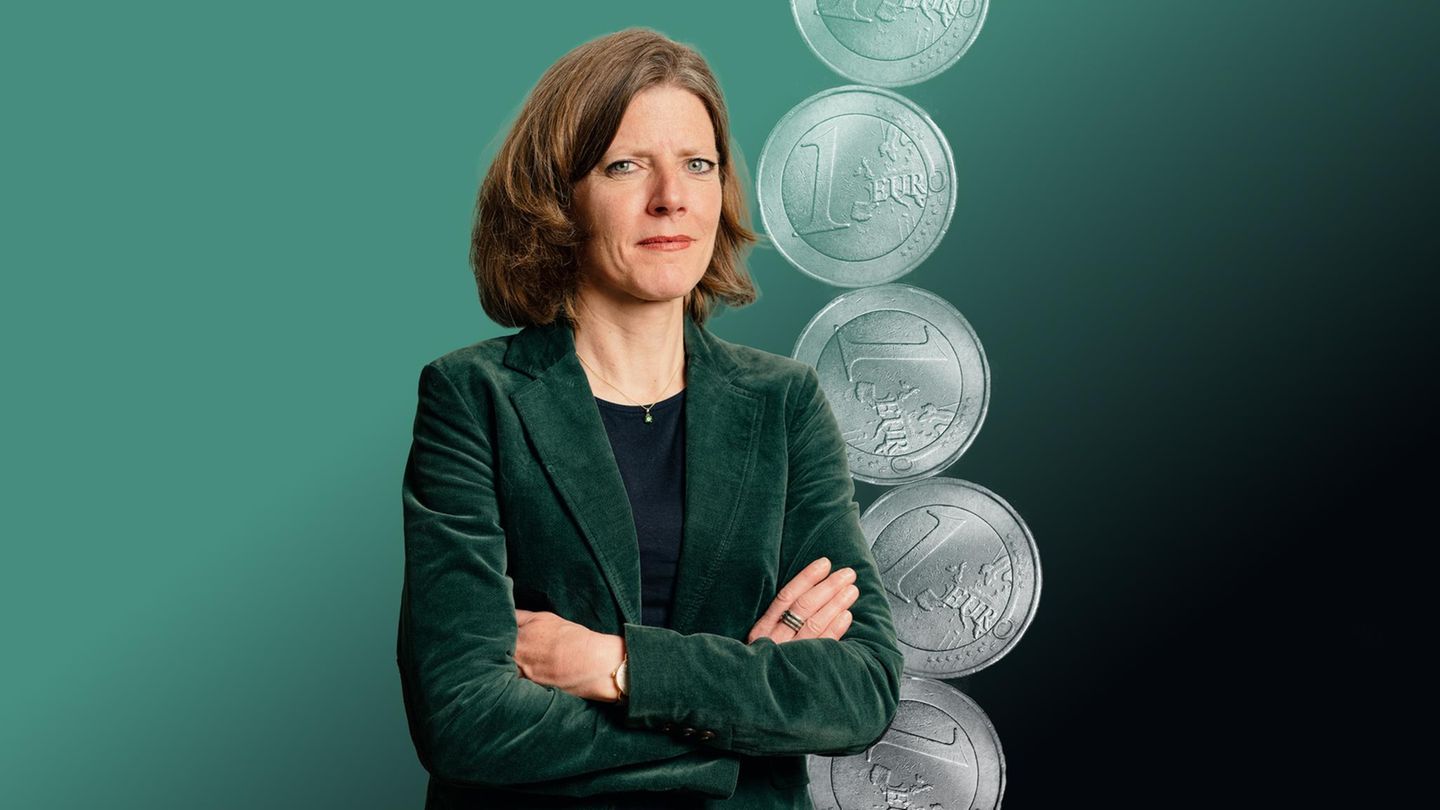Stablecoins already represent 61.8% of crypto transactions in Argentina. Savings, payments and digital dollarization against inflation and stocks.
The use of these cryptoactive It represents 61.8% of the transaction volume in Argentina, far exceeding the global average. Its adoption accelerated in recent years in response to inflation, the devaluation of weight and exchange restrictions. This phenomenon promotes new forms of savings, payment and financial access in the country.
The content you want to access is exclusive to subscribers.
With a worldwide sustained growth, Stablecoins They have become one of the most used digital assets of the crypto ecosystem. Its distinctive characteristic, the parity 1: 1 With fiduciary coins such as the dollar or the euro, it gives them stability that attracts both retail users and companies. This quality, added to its transactional efficiency, its permanent availability and its lowest operating costs than those of the traditional banking system, positions them as a key financial tool, especially in countries where economic volatility is part of everyday life.


According to Chainysis, In Latin America, the adoption of cryptocurrencies grew by 42.5% in 2024, and much of that growth was driven by the use of Stablecoins. The region received more than 415 billion dollars in cryptoactive and Argentina appears as one of the leading countries in this movement. The country received more than 91 billion dollars, a figure that reflects the magnitude of interest in these assets, in particular, the use of Stablecoins, this type of currencies represents 61.8% of the transaction volume in Argentina, even exceeding Brazil and well above the global average, which is around 44.7%.
However, this trend is not accidental, Argentina in recent years faced inflation that exceeded 200% according to INDEC figures, combined with multiple foreign exchange restrictions and an accelerated devaluation of the peso, these factors generated a scenario where access to the dollar, protecting savings and maintaining a certain level of economic predictability became more difficult by traditional means. In that context, the stablcoins were gaining ground as an accessible, fast and legal way of digital dollarization for millions of Argentines who seek to protect their purchasing power or make international payments without going through official channels.
“While the impact has been clearly seen in times of crisis, at present, where inflationary figures are increasingly low, the use of these digital currencies has been decentralized: not only are adopted by savers, but also small businesses, freelancers, students and even retirees seeking financial stability, investing in new markets and generating profits automatically.” Sebastián Sissels, CEO de Vesseo, expressed, digital wallet designed from its origin to operate with USDC, one of the largest, regulated and safe stablocins in the world.
By decentralizing finance and providing direct access to stable assets, Stablcoins contribute to a more open and dynamic system. Exporting companies, independent professionals and SMEs find in them an efficient solution to collect in foreign exchange, dodge expensive intermediaries and maintain liquidity without resorting to traditional bank accounts. Likewise, new financial products and services have emerged that make up Stablcoins, such as crypto debit cards or payment platforms with fiat-digital integration.
A concrete example of how Stablecoins are integrated into everyday life is the alliance with Moneygram, which with more than 300,000 points of attention in 180 countries allows to transform digital balances into immediate cash. This type of functionalities makes Stablecoins more than a savings asset: they become a practical and global liquidity tool.
The benefits are multiple: Stablecoins allow saving in dollars without resorting to the parallel market, operating 24/7 without time restrictions, sending and receiving international payments without high commissions, and making transactions instantly. In addition, they provide a layer of transparency, since many are backed by regulated reserves. In practice, this improves financial inclusion and promotes a more autonomous economic management culture, especially in sectors that were historically excluded from the traditional banking system.
In the future, Stablecoins adoption in Argentina is expected to continue growing. “The potential of these currencies is not limited to personal savings, they can be the basis for the creation of tokenized financial assets, more efficient remittance systems and payment tools for electronic commerce. However, so that this growth is sustainable and safe, it will be key to move towards a regulation that provides legal clarity, foster innovation and protect users.” They concluded from Vesseo.
Source: Ambito
I am a 24-year-old writer and journalist who has been working in the news industry for the past two years. I write primarily about market news, so if you’re looking for insights into what’s going on in the stock market or economic indicators, you’ve come to the right place. I also dabble in writing articles on lifestyle trends and pop culture news.




